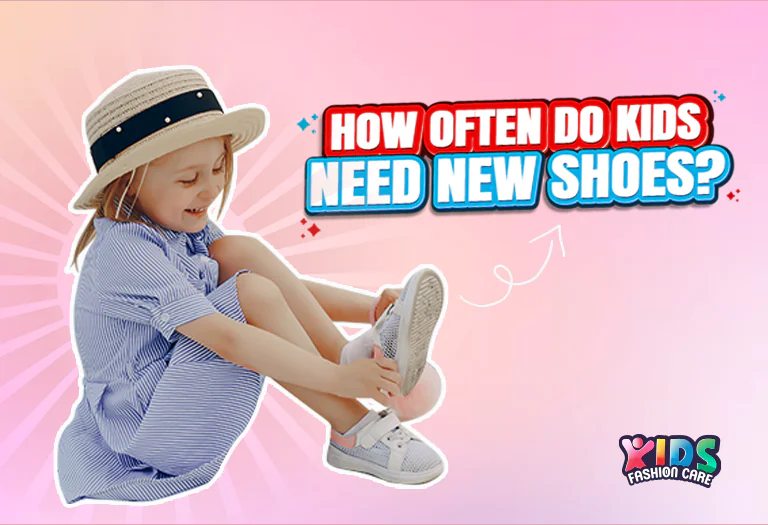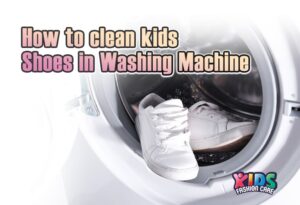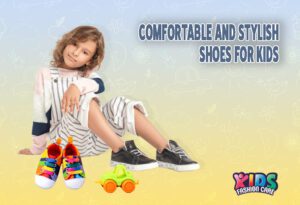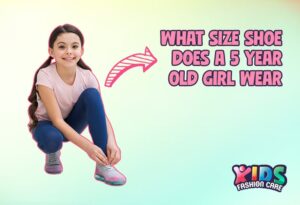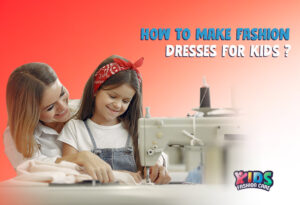Infants need 4 to 6 pair of shoes which reduces as they grow up. In general, kids’ shoe requirement is at the highest till the age of 4. Their feet’ rapid growth starts at the age of 3 to 4 months. After the age of 4, their feet change rather slowly, requiring fewer shoes in a year.
Table of Contents
Introductions
Recently I was cleaning the backyard of my home. While doing so, I came across many items, reminiscing old memories. One of those was finding a few pairs of my children’s old shoes. I remember my elder son required so many new shoes till the age of 5, and now his growth is somewhat steady.
So, I decided to write an article on this, how often do kids need new shoes? If you are in a dilemma about this, reading my article will help you. I will also explain signs so that you can understand when they need a changed pair of shoes, age group-based shoe changing, how to choose the right shoes and many more. Stick to the end.
Signs Your Child Needs New Shoes
Until the age of 4 children can hardly tell about their feelings. Even though their shoes hurt them, they won’t be able to specify. So, you need to look for signs or clues, that assure you that your child needs to change their shoes into a upsize one. Here are some of the signs.
Sign 1: Feet of kids grow bigger
This is probably the most common sign. If the pair of shoes doesn’t fit your child’s feet anymore, half of their feet of inside the shoes, and the other half is outside of the shoes. This situation is more evident with children below 7 years. As their feet start to develop, so they also require frequent upgrading size of shoes.
Steps to take
Take measurements of your children’s shoe size from time to time so that you know when you need to change their shoes.
Sign 2: Shoes have worn out or got holes
If your baby has been wearing the shoes for many days, it’s already worn out and has cracks on the shoe lining or holes in the soles. Oftentimes, some new shoes get this type of issue too, the reason being those are made of low-quality materials.
Steps to take
Using this type of shoe will harm their feet. They might get cut or harmed as different stone or glass pieces enter the hole. So, replace your child’s shoes as soon as possible and focus on durability.
Sign 3: Your child’s walk pattern changes while walking
Your child walks normally all day long but differently when they wear the shoes. The reason is that s/he has to adjust his/her feet inside the shoes which affects the walking. Also, children might feel discomfort, and have blisters, and they may have to squeeze their toes inside the shoe while wearing. All these will change their walking style.
Steps to take
While buying the next pair of shoes, look for shoes that are soft inside, have fine linings, and don’t feel so harsh against your child’s skin, for example, leather shoes. Make sure to check the shoes with your child, s/he is comfortable, doesn’t have to adjust toes, and is okay with walking.
Sign 4: They are involved in different activities
If your children are engaged in a variety of activities throughout the day, this is a definite sign they need different types of shoes. For example, they have to participate in sports or any physical activities several times a week, then consider buying sports shoes.
Steps to take
Differentiate their activities and buy shoes that are comfortable for the children to wear.
Sign 5: Shoe doesn’t align with the purpose
Let’s say your children have school-going shoes, but neither does it fit for any occasion nor it is suitable for any sports activity. And relying on a few pairs of shoes to meet all of a child’s necessary isn’t a wise decision. This is rather detrimental for their leg as well.
Steps to take
Always have a spare pair of shoes for your children. This will save you from many inconveniences. For example, you buy school shoes or cades for one purpose, sneakers or elastic-sole shoes for extreme level movement (running, jumping, or other physical exercises), and party shoes for different occasions.
Sign 6: Shoes are way heavier
Does your child drag their feet while walking? One of the reasons can be the shoe is heavy for his/her tiny feet to carry. Heavy shoes also cause muscle and foot pain. If that’s the case, this is one of the signs that your child needs shoe changing.
Steps to take
You need to buy flat-sole shoes that are lightweight for them. Generally, heel-shoes or big-sized shoes are somewhat heavy. In that case, a flat-sole is comfortable for them to wear.
Sign 7: Feet Size Doesn’t Match
Children have different types of feet. If your child’s feet are narrow and slender, the regular-sized shoe should fit right, but in case of a wide foot, you might need to think of a larger size one than the regular one.
Steps to take
Take note of your child’s foot measurements so that you don’t miss out on the details of their feet.
Frequency of Shoe Replacement by Age Group
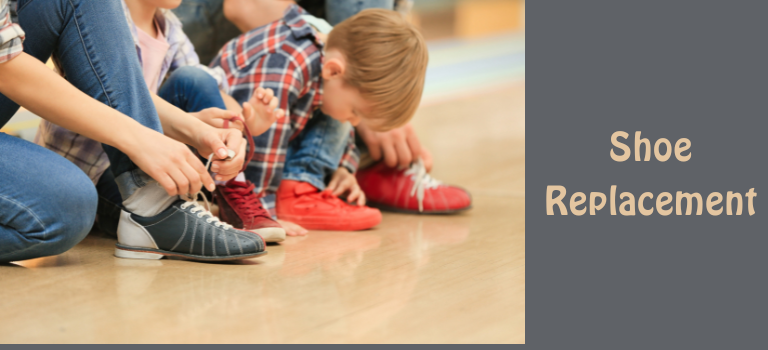
If you are counting the frequency of a child’s foot growth based on their age, one of the factors is that children at their early age since birth have a fast growth rate which gradually slows down as they grow up.
Let’s check their age-based shoe requirements.
Category: Infants & Toddlers
Age range: 0 to 3 years of age
Shoe replacement: Babies of this age range have a really fast growth rate. For example, they grow almost every two months. So, parents of these babies often visit shoe stores.
Category: Pre-schoolers
Age range: 4 to 5 years old
Shoe replacement: When kids reach this age range, they start to have slowed-down growth and are pretty much predictable. Their foot grows every 3 to 4 months. So, if you buy one size larger than their actual size, you may have them use the shoe for a good amount of time.
Category: Children
Age range: 6 to 9 years old
Shoe replacement: Children of this age group have feet development around 5 to 6 months. So, you may have to purchase 2 to 3 times every year or more depending on their daily activities.
Category: The Pre-teen
Age range: 10 to 12 years old
Shoe replacement: For pre-teen kids, their feet develop at 9 to 10 months. So, their shoe requirements start to reduce to 1 or 2 times per year as their foot development is mostly steady.
Average Lifespan of Children’s Shoes
We, guardians, expect shoes to last long but here we are talking about children and they grow rapidly. So, the shoe may not last as long as we expect.
Here is a chart on how in general a child’s shoe lasts.
| Age group | Age range | Lifespan |
| Toddlers & Infants | 0 to 3 years old | 6 to 7 times |
| Pre-schoolers | 4 to 5 years old | 3 to 5 times |
| Children | 6 to 9 years old | 2 to 4 times |
| Pre-teen | 10 to 12 years old | 1 to 2 times |
Choosing the Right Size and Type of Shoes for Kids
There are certain factors you need to keep your eyes on while choosing the right size and type of shoes for kids. Let’s get to know them.
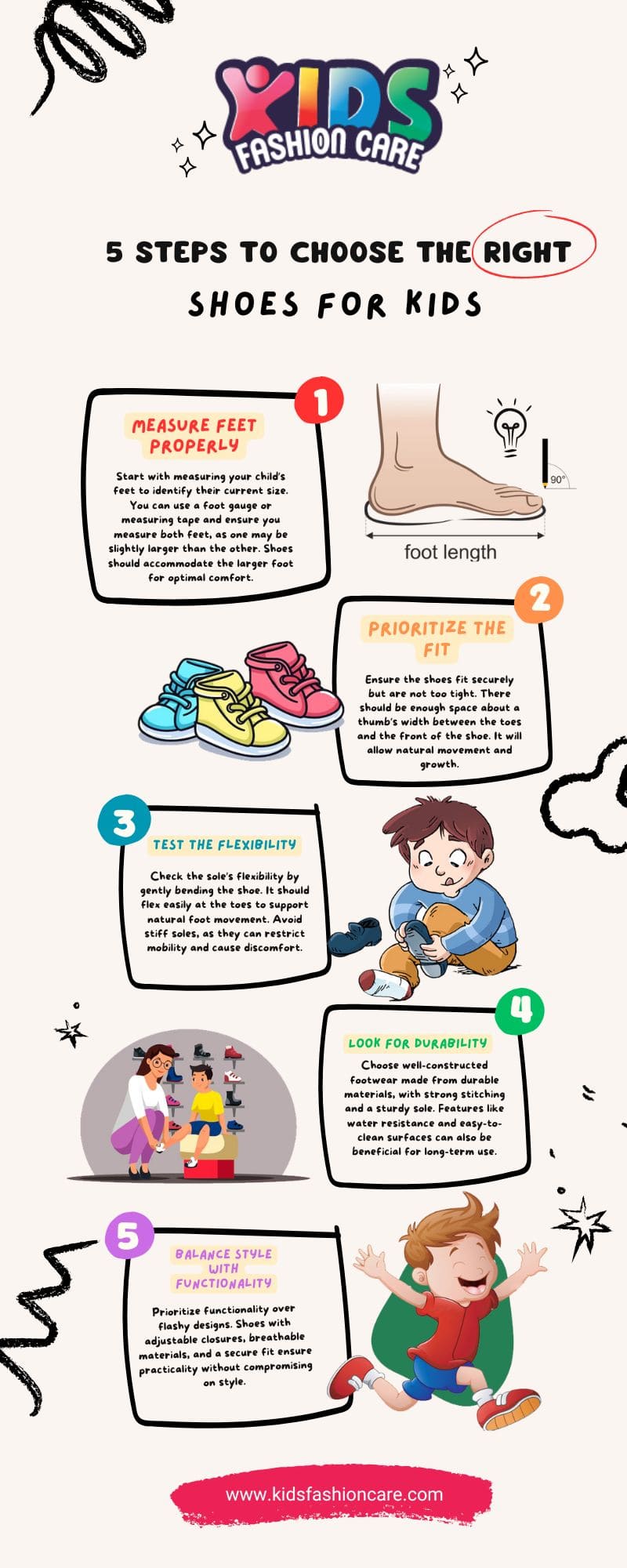
Take note of the child’s age
Children’s foot development is connected mostly to their age, so it is crucial to consider their age. For example, little children’s feet grow fast, whereas a bit older children have a steady foot growth rate. If you are buying online, you can see a size chart that includes children’s age to count the shoe size.
Find the right fit
The right fit here means finding shoes that have the right width and length so that it doesn’t create any discomfort for the kids later. Many brands have shoe sizes that suit almost any type of children’s feet.
What’s the shoe materials
As children’s skin is delicate, any type of fabric material isn’t suitable for them. Thus the shoe materials should be one of your concerns so that it doesn’t affect the child’s feet, grow rash, or blisters. You can settle for leather or canvas-type shoes for them.
Check the shoe construction
Make sure to check the shoe’s build, which includes the following part.
- Upper: The upper part of the sole is made of fabric, leather, mesh, etc.
- Insole: The part on which the feet are rested. It is made of an absorbent material, soft and spongy type.
- Outer sole: The outer sole part offers flexibility and traction to the shoe as this is flat.
- Heel: The heel offers a bit of high support on the heel. I recommend avoiding heels for children’s shoes.
So, whether the shoe has a sturdy build or a soft build. If it bends, the shoe is soft. If your child is okay with a soft build rather than a sturdy one, you need to ensure their comfort.
Have your children try the shoes on
There is a rule of thumb when you allow your child to try the shoes on. What’s that? The rule is when your child wears the shoes, there should be one thumb of space left at the toe area of the shoe. Tell them to stand, walk around, or do some footwork to measure their comfort.
Consider special conditions
If your child is suffering from any special conditions with their feet, you must focus on custom-made shoes or specially prescribed ones. Many shoes are especially recommended for certain foot conditions.
Budget-Friendly Shoe Shopping Tips
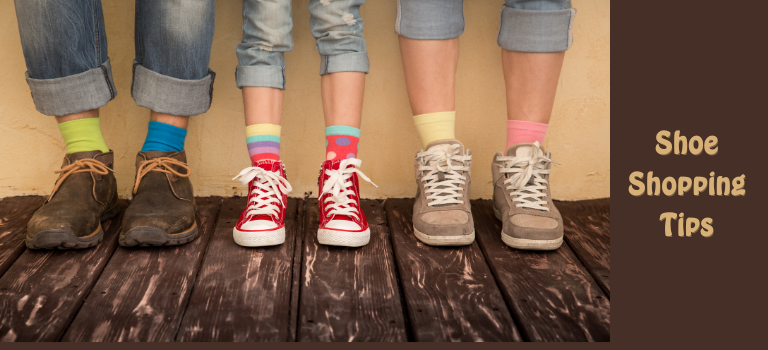
Both your kids and you are getting ready to buy budget-friendly shoes. Before that, follow some of these tips so that you get the best shoes within your budget.
- Focus on cleaning kid’s shoes and maintenance.
- Track your child’s feet measurement, every once in a while. Here’s a chart on measuring child’s feet based on their age.
| Category | Children’s Age | Foot in Inch |
| Newborn | 0 to 2 months of age | 3.5 inches |
| Infant | Upto 12 months of age | 4 Inches and above |
| Toddler | 1 to 3 years of age | 5 to 6 inches and above |
| Preschoolers | 4 to 5 years of age | 7 Inches and above |
| Children | 6 to 12 years of age | 7 to 9 inches and above |
- Track the record and maintain a diary or keep note of your child’s foot measurements.
- Quickly replace the shoes that have gone bad, worn out, or stressed seams for they might cause leg pain for the children.
- Choose shoes that fit right. Soles that bend while folding in half are soft and if not, they are firm. So, choose one that aligns well with the child’s activity.
- Select shoes that have built-in arch support. These support the feet in a way that doesn’t cause pain.
- Go for shoes one size large as children’s feet grow fast.
- Have an eye on discount times, occasions, promotions, and clearance offers on online markets. You can have a good bargain in exchange for your money at that time. Also, check up on local buying and selling groups where you will find child’s shoes at a reasonable price.
- Shoe sizes vary based on gender after the age of around 6. So, you can also do shoe swaps among siblings or cousins.
- If the shoes fit right, but have some minor holes or loose sides, you can have them repaired to extend the life of the shoes and make customization. For example, you can add embellishments, paintings, laces, etc.
Frequently Asked Questions (FAQs)
Question: How does the shoe fit?
Answer: To make the shoe fit right, you have to measure your kid’s feet. Knowing their feet measurement is the right approach to finding the right pair of shoes.
Question: What type of shoe is appropriate for your child’s age?
Answer: Shoes made of cotton, rubber, leather, and suede are safe and good for children.
Question: Should kids wear the same shoes every day?
Answer: No. You should always have a spare pair of shoes for your children. Moisture and feet sweat may cause fungus or bacterial infection in their feet. Also, relying on one pair of shoes may affect the shoe’s longevity.
Question: How many pairs of shoes does a kid need?
Answer: A kid needs a minimum of 2 pairs of shoes. But if s/he is involved in physical activities, then they might need more.
Question: What is the rule of thumb for kids’ shoes?
Answer: The rule of thumb for a kid’s shoe is to have one thumb of space from the largest toe. When the shoe has enough room inside for the toe to wiggle, this is comfortable and right fit.
Conclusion
So, now you understand why you should have more than one pair of shoes for your children. If you can find the right pair of shoes, those can last longer than you expect them to, no matter how much active your children are. Hopefully, my article will help you to find the right shoes for your child.

